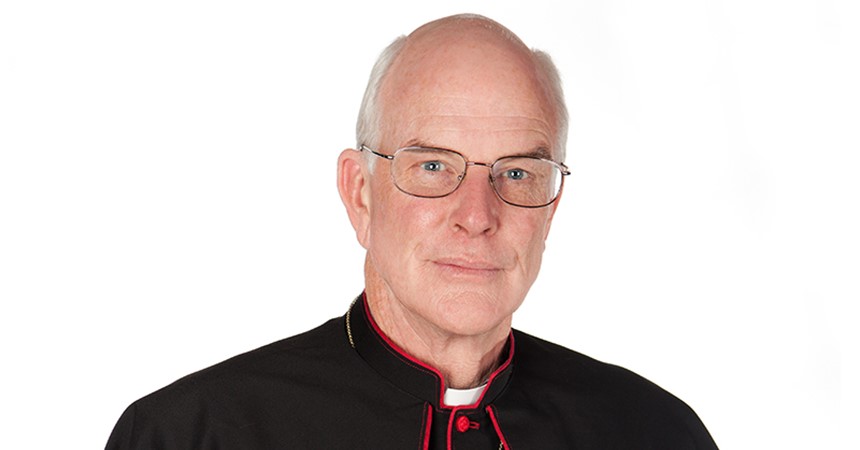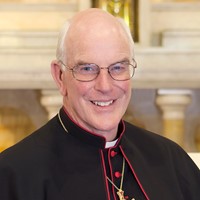As part of my annual leave, I had dinner with old friends in Sydney on Saturday and Sunday nights, leaving me free through the day on Sunday to be a tourist in the city. Yes, yes, I had lived there most of my life, but out in the suburbs, sometimes a very long way out indeed. Since I finished going to school by the harbour forty-odd years ago, my relationship with the actual city has been rather functional: in and out for a meeting, the occasional meal or a show. I wasn’t wandering around looking at things, and especially not the things that tourists come to look at. I was a local.
On the Saturday night, from where I was staying at Haberfield, I’d noticed brightly-lit trains running where no train had been before. I vaguely remembered that the light rail from the city to Lilyfield had been going to be extended to Ashfield or somewhere, and I concluded that this had happened. In the morning I went looking and, down by the Hawthorne canal, behold, a little light rail station. (Actually the rails aren’t light, only the trains. It’s the old goods line.) Anyway, leaving behind a couple of hundred people at the dog show by the canal, I took the train. Two tunnels, several ancient cuttings and sundry harbour views later, I got off at the western edge of Pyrmont Bridge, ready to explore Darling Harbour. Ridiculous as it may seem, in all the years the Darling Harbour redevelopment has been going on, I’d only ever touched the edges twice, at night; one Cockle Bay restaurant and one show at the Crown Theatre. I had no idea.
It was a pleasant day, sunshine and fluffy white clouds in clear blue skies. Here beside me, hard by the sandstone arches of the old bridge, was the huge modern front of the National Maritime Museum and in the waters of the Bay, just beside it, its prime exhibits: a destroyer, an Onslow Class sub, the Endeavour reconstruction and various smaller vessels. Out on the water the big harbour cruise boats were slinking around while the water taxis scudded in and out. Across the water there were the yachts and cruisers tied up in front of the great broadwalk, then the outdoor tables of the restaurants of Cockle Bay. Behind all that, there were the gleaming white towers of all the new office blocks that crowd the hill between Clarence Street and Darling Harbour. At first glance, it was stunning – which explains the people.
There were not thousands of people, I would suggest, but tens of thousands. Several thousand were, at any one time, at the tables of the cafés and restaurants. Thousands more were walking around the harbour foreshore or through the parks and public spaces that run away to the south, as I gradually discovered, past Chinatown and the Imax cinema and on to the Powerhouse Museum and the Entertainment Centre. One could forgive the hoardings and the huge building site that will in two years be the International Conference Centre because, by this time, one was inclined to believe that the Harbour Foreshore Authority will most likely get that right, too.
Finally, it is worth remarking that, at least on a Sunday, it is a family place. Yes, there were a few squadrons of Japanese tourists obediently following the little man with the flag, but mostly, I thought, the crowds were locals, parents with younger children or groups of young adults. In any case, here were thousands upon thousands of people enjoying themselves in the city on a Sunday, in an area that used to be decaying docks and railway shunting yards. ‘It can be done’, I thought to myself. Cities can be made great places for people.

